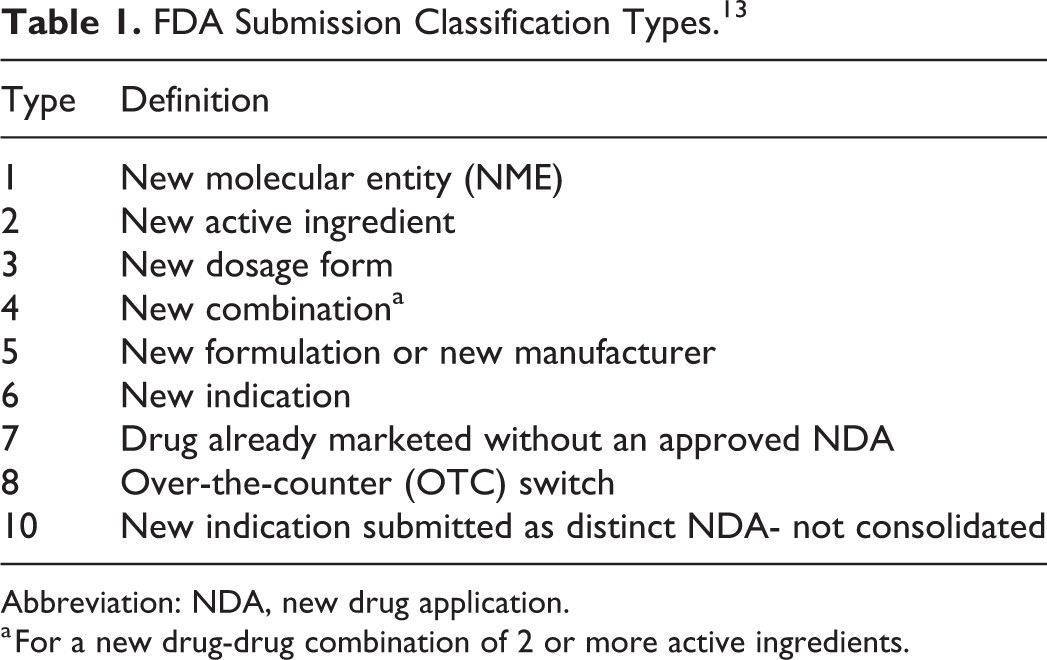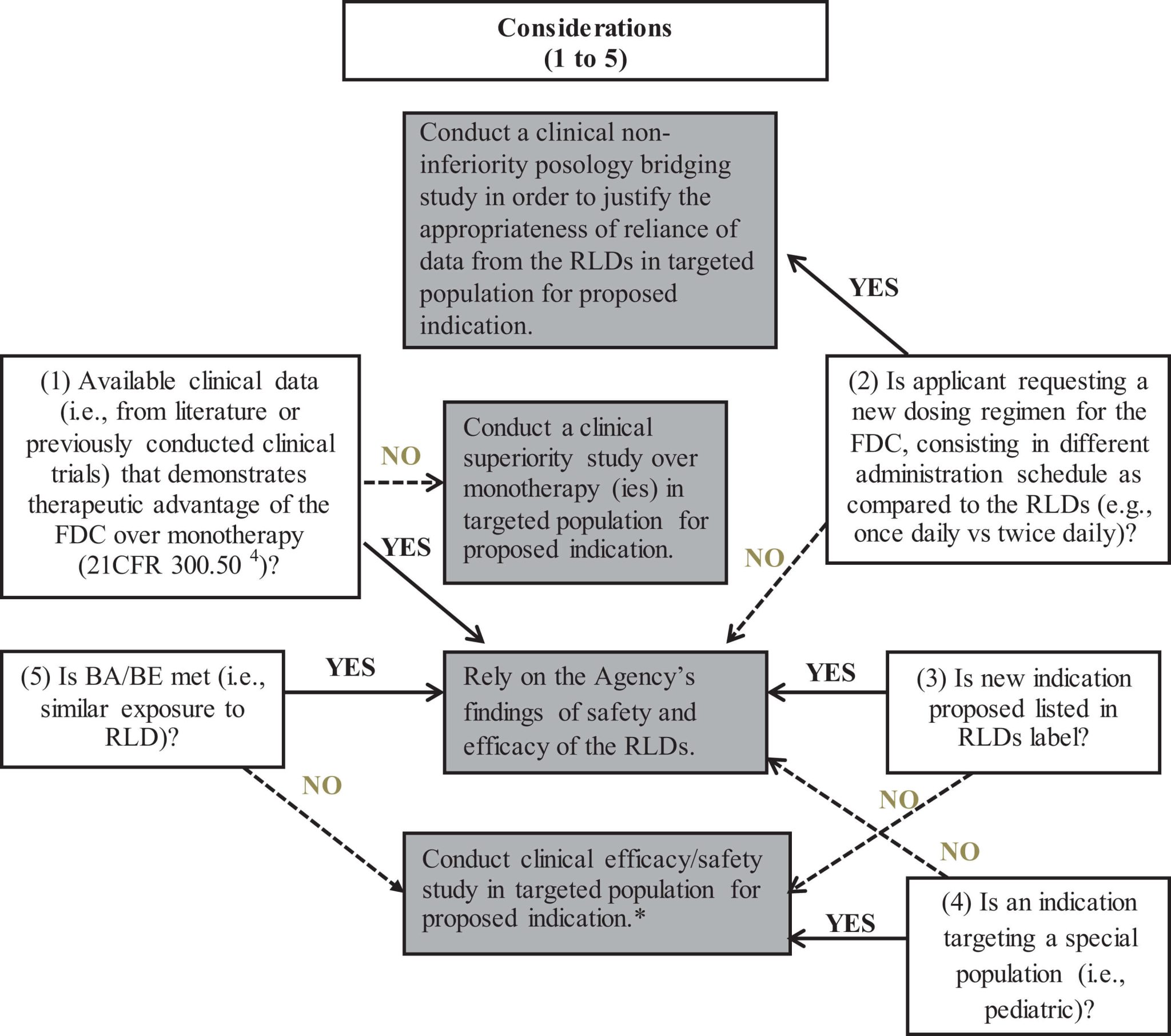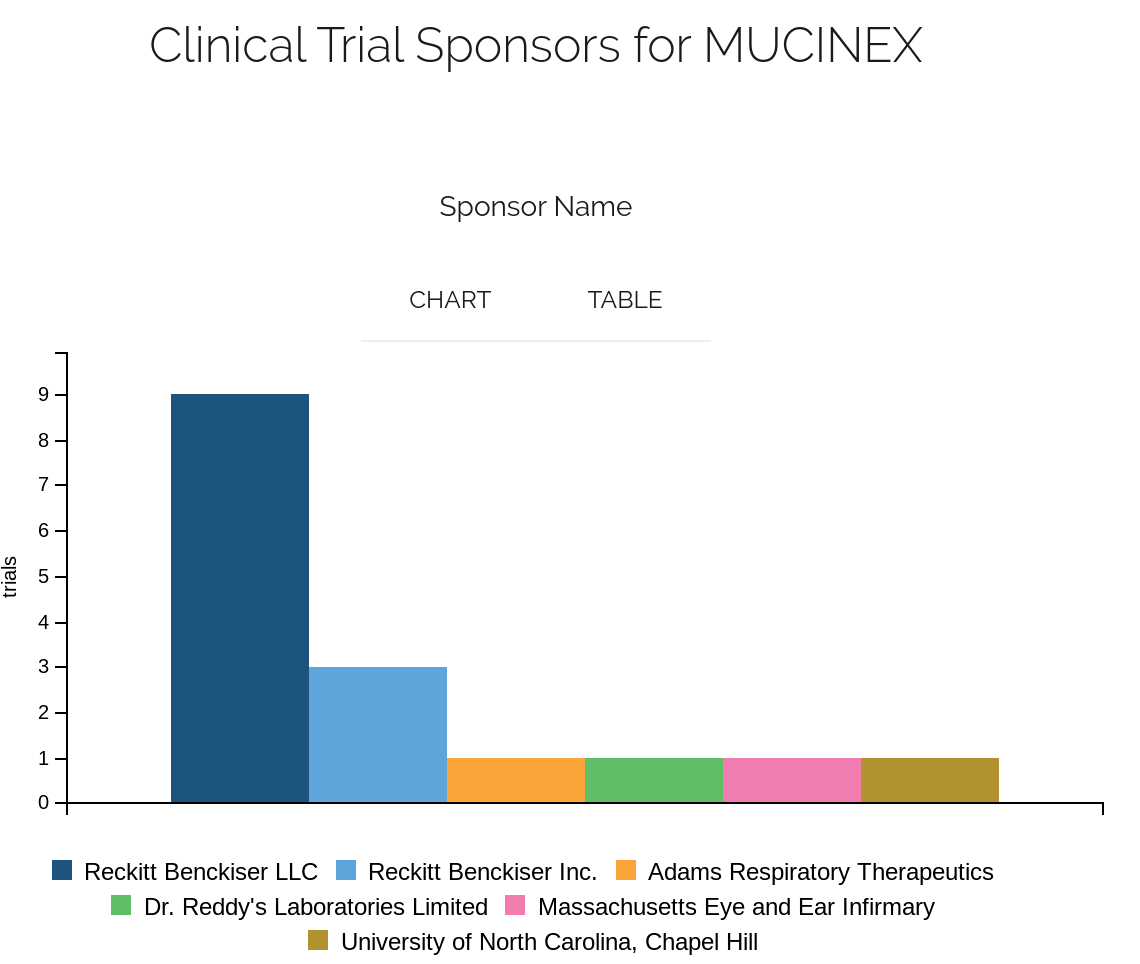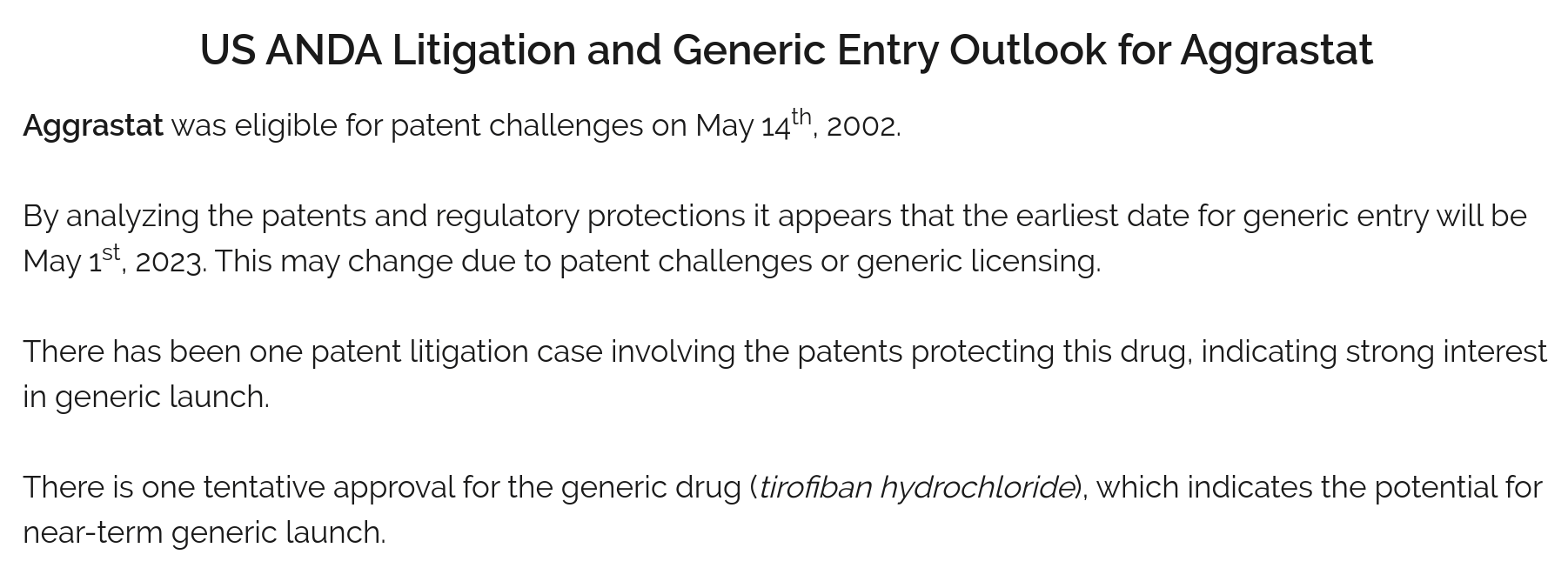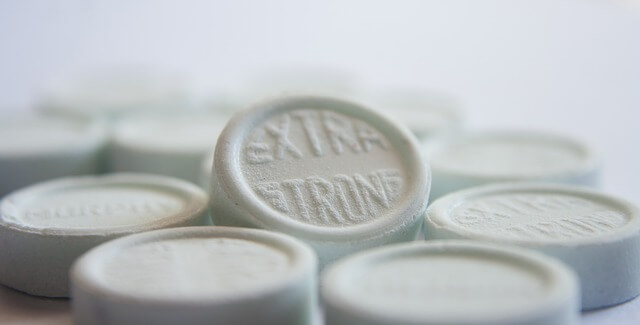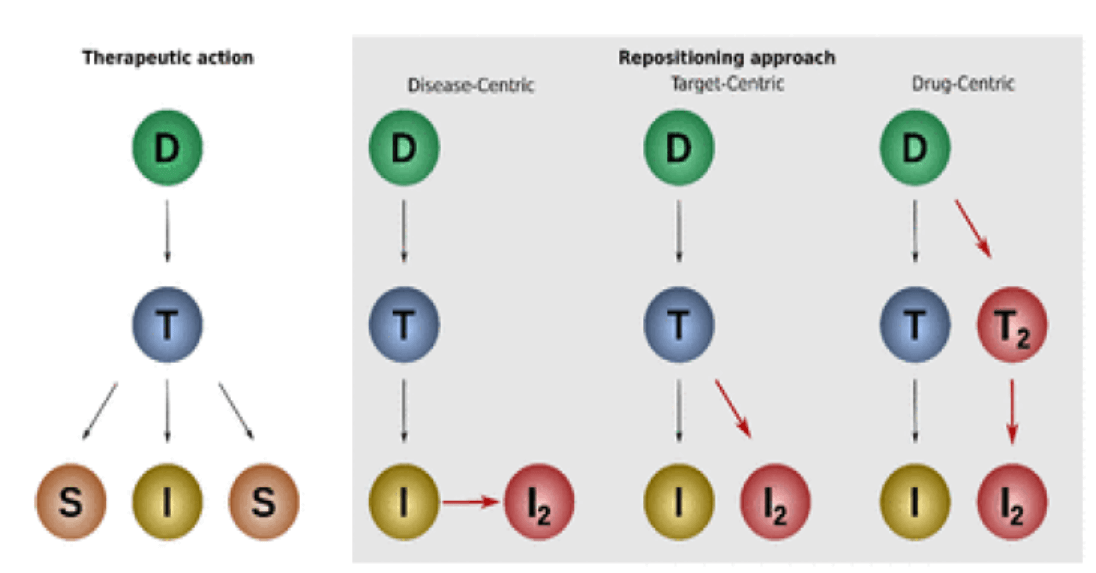
A review article in the Journal of Pharmaceutical Sciences analyzes the trends in drug repurposing through the 505(b)(2) pathway, as approved by the USFDA from 2010 to 2020. The study aims to shed light on the challenges related to intellectual property (IP) protection and regulatory approvals faced during the development of reformulated and combination drug products.
Key Findings:
Out of the 1001 New Drug Applications (NDAs) approved during the studied period, 56.9% (570) were approved via the 505(b)(2) pathway. This indicates an increasing interest in repurposing existing drugs to address unmet medical needs and enhance patient compliance.
The study indicates that repurposing drugs through the 505(b)(2) pathway is becoming a mainstream approach for developing new drug products. However, the process requires careful evaluation of competitive advantages, patent protection, bridging studies, and regulatory considerations. Despite challenges related to IP and regulatory requirements, repurposing drugs offer several advantages, including reduced risks, shorter timelines, and lower costs compared to de novo drug discovery.


